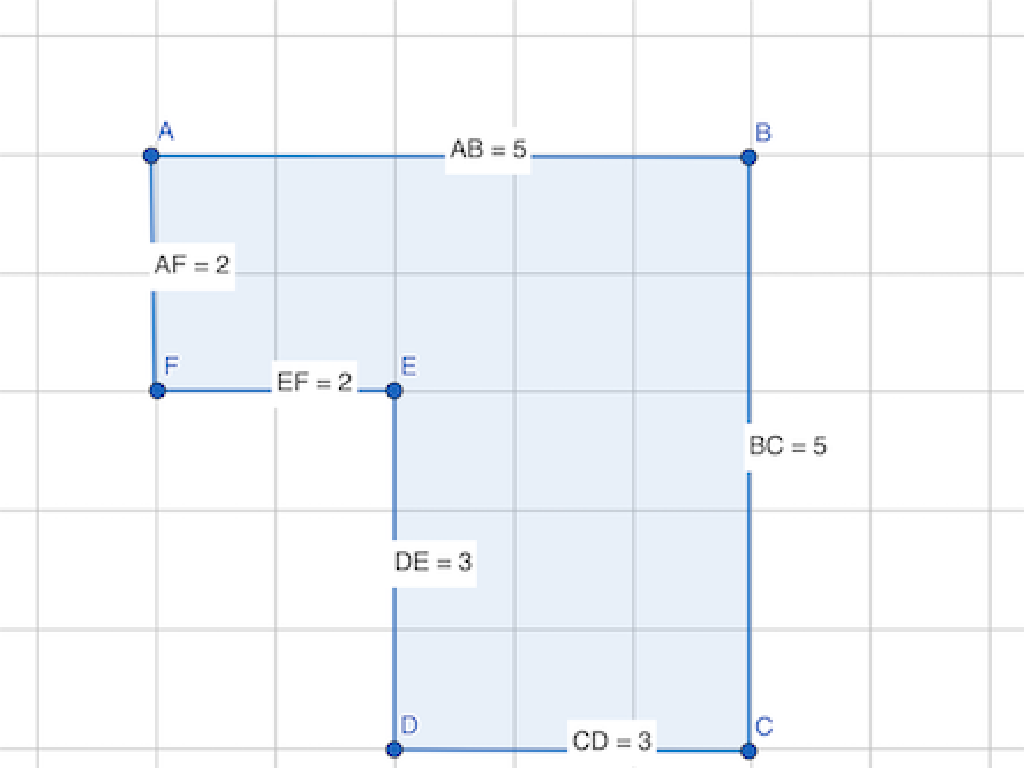The Gupta Empire
Subject: Social studies
Grade: Sixth grade
Topic: Ancient South Asia
Please LOG IN to download the presentation. Access is available to registered users only.
View More Content
Exploring The Gupta Empire
– Introduction to Ancient South Asia
– Overview of the Gupta Empire
– A powerful ancient Indian empire existing from approximately 320 to 550 CE
– Significance of the Gupta Empire
– Known for major contributions to arts, science, and culture
– The Golden Age of India
– Period of extensive achievements in various fields, leading to prosperity
|
This slide introduces students to the Gupta Empire within the context of Ancient South Asia. The Gupta Empire, often referred to as the Golden Age of India, was a period of significant cultural and scientific advancements. It is important for students to understand the impact of the Gupta Empire on history, including its contributions to mathematics, astronomy, literature, and art. The empire’s legacy includes the concept of zero in mathematics, great literary works such as the ‘Panchatantra’, and remarkable architectural achievements. Encourage students to think about how the achievements of the Gupta Empire still influence our lives today.
The Rise of the Gupta Empire
– Founded by Sri Gupta
– Expanded by Chandragupta I
– Chandragupta I strengthened the empire through marriage alliances and military conquests.
– Golden Age: Samudragupta
– Samudragupta’s reign marked by cultural achievements and military victories.
– Chandragupta II’s contributions
– Chandragupta II furthered prosperity, art, and science.
|
The Gupta Empire, which rose to prominence in ancient India, was established by Sri Gupta. The empire saw significant expansion under Chandragupta I, who used both strategic alliances and military strength to extend his territory. The period of Samudragupta and Chandragupta II is often referred to as the Golden Age due to remarkable advancements in culture, science, and the arts. Students should understand the importance of leadership in the expansion and flourishing of civilizations. Encourage them to think about how the decisions of a few can impact the development of a society.
Golden Age of the Gupta Empire
– Advancements in various fields
– Science, math, astronomy, and literature flourished.
– Introduction of ‘zero’ and decimals
– The numeral ‘zero’ and the decimal system revolutionized math.
– Scholars: Aryabhata and Kalidasa
– Aryabhata: astronomer and mathematician, Kalidasa: poet and playwright.
– Impact on modern knowledge
|
During the Gupta Empire’s Golden Age, there were significant contributions to various fields of knowledge. In mathematics, the concept of ‘zero’ as a numeral and the decimal system were developed, which are foundational to modern mathematics and computing. Notable scholars of the time included Aryabhata, who made groundbreaking advancements in astronomy and mathematics, and Kalidasa, whose literary works are considered classics. These contributions have had a lasting impact on both the East and the West, influencing scientific thought and literature for centuries. Encourage students to reflect on how these ancient innovations still affect their daily lives, such as in the use of technology and in the stories they enjoy.
Daily Life in the Gupta Empire
– Social hierarchy impact
– Families were guided by social status, with distinct roles for members.
– Agriculture as wealth basis
– Farming was key, with rice, wheat, and spices as main crops.
– Trade routes expansion
– Internal and external trade flourished, enhancing wealth.
– Blend of religious practices
– Hinduism, Buddhism, and other beliefs coexisted, influencing culture.
|
This slide aims to give students a glimpse into the everyday life of people during the Gupta Empire. Emphasize the rigid social structure that dictated the family life and roles. Agriculture was the empire’s economic backbone, with a focus on staple crops and spices. Highlight the extensive trade networks that connected the Gupta Empire to the world, facilitating economic prosperity. Discuss the religious diversity and tolerance, with Hinduism and Buddhism being the major religions, and how this shaped the cultural landscape of the empire. Encourage students to compare and contrast the Gupta Empire’s social and economic structures with those of other civilizations they have studied.
Art and Architecture of the Gupta Empire
– Temples showcased Gupta artistry
– Intricate designs and spiritual themes
– Significance of the Ajanta Caves
– Frescoes and sculptures depict Buddha’s life
– Gupta art influenced future generations
– Set standards for Indian art and culture
|
The Gupta Empire is renowned for its significant contributions to art and architecture, which have left a lasting legacy in Indian culture. Temples from this period are characterized by detailed carvings and designs that often had religious and spiritual themes. The Ajanta Caves are particularly notable; they are a series of rock-cut Buddhist cave monuments featuring exquisite frescoes and sculptures that tell the story of Buddha. These caves not only reflect the artistic excellence of the time but also provide insight into the religious and social life of the period. Gupta art and architecture have profoundly influenced subsequent Indian art, setting standards for beauty and craftsmanship that are revered to this day. Encourage students to explore how historical art and architecture can give us clues about the past and influence future generations.
The Fall of the Gupta Empire
– Factors leading to Gupta decline
– Political instability and weak rulers contributed to the decline.
– Hun invasions’ role in the fall
– The Huns, a nomadic tribe, invaded and destabilized Gupta rule.
– Consequences for the Indian subcontinent
– Post-fall, India became fragmented into smaller kingdoms, impacting unity and culture.
|
This slide aims to explain the decline of the Gupta Empire, which marked the end of a golden age in ancient India. Discuss the various internal and external factors that led to the empire’s downfall, including political instability, economic issues, and the weakening of central power. Highlight the significant role of the Hun invasions, which further weakened the empire’s structure. After the fall, the Indian subcontinent saw a period of disunity and cultural disruption as it broke into smaller regional kingdoms. This had long-term effects on the region’s political landscape, economy, and cultural development. Encourage students to think about how such invasions and internal weaknesses can impact a civilization’s longevity and influence.
The Enduring Legacy of the Gupta Empire
– Contributions to Indian culture
– Art, science, and mathematics flourished
– Gupta influence on modern India
– Gupta achievements are foundational to India’s identity
– Ancient empires’ impact today
– Empires like Gupta shape languages, governments, and societies
– Reflect on historical influences
|
The Gupta Empire, known as the Golden Age of India, left a profound legacy that continues to shape Indian culture and civilization. During this period, there were significant advancements in art, science, and mathematics, including the concept of zero in mathematics. These contributions have become an integral part of India’s heritage and identity. Understanding the influence of ancient empires like the Gupta Empire helps students appreciate how historical developments contribute to modern governance, language, and societal norms. Encourage students to think about the ways in which the past continues to influence our daily lives and the world around us.
Class Activity: Create Your Own Gupta Empire
– Form groups and assign roles
– Build a model Gupta city
Use materials like clay, paper, and cardboard.
– Present your city to the class
– Explain your city’s features
Discuss the role of each assigned character in your city.
|
This activity is designed to engage students with the history of the Gupta Empire by allowing them to recreate a model city. Divide the class into small groups and assign each member a role from the Gupta society, such as ruler, scholar, farmer, or artisan. Provide materials like clay, paper, and cardboard for the students to build their models. Encourage creativity and research into the architecture and city planning of the Gupta Empire. Once the models are complete, each group will present their city to the class, explaining the significance of its features and the roles of their characters within it. This will help students understand the social structure and cultural achievements of the Gupta Empire. Possible variations of the activity could include creating a city on a poster, a digital presentation, or even a short skit about life in the city.






